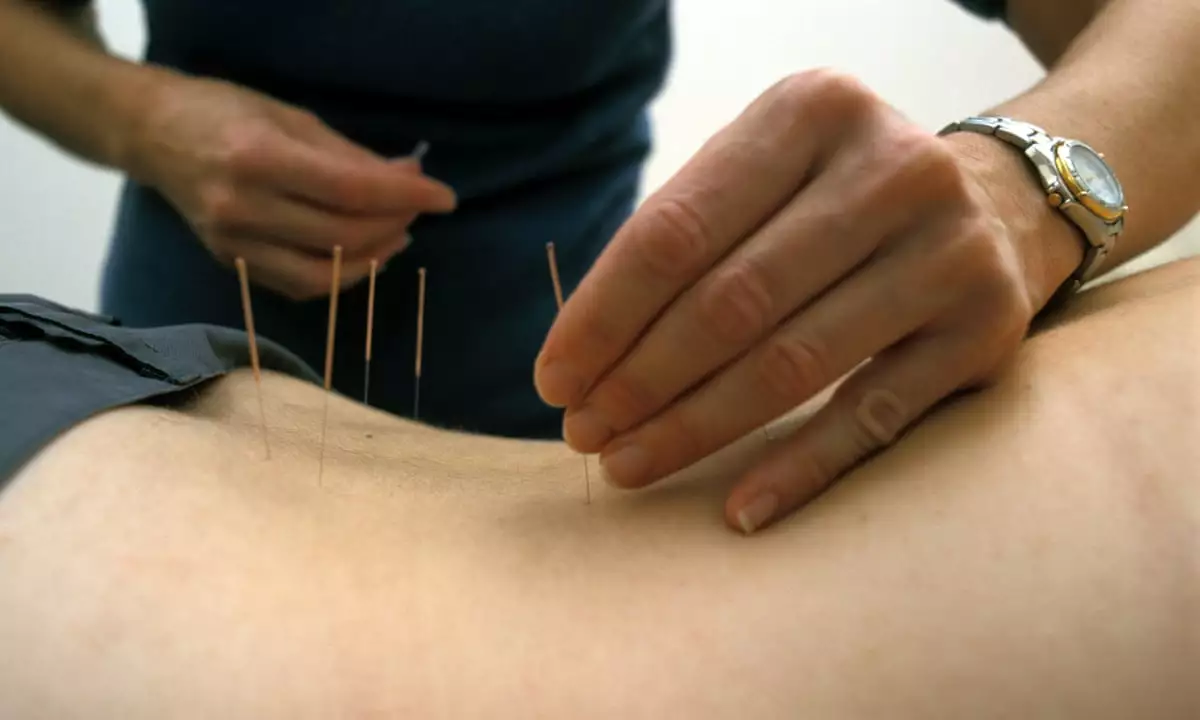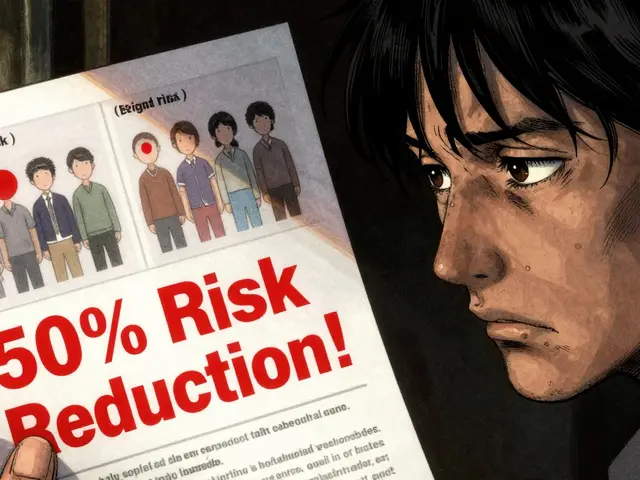Sprains: What They Are and How to Deal With Them Fast
If you’ve ever twisted your ankle on a curb or felt a sharp pop in your wrist, you’ve experienced a sprain. A sprain is just a stretch or tear of the ligaments that hold joints together. It can happen anytime – during sports, at work, or even while walking the dog.
The good news? Most sprains heal well if you act quickly and follow a few basic steps. Below we break down what to do right after injury, how to choose the best treatment, and easy ways to keep sprains from coming back.
First‑Aid Steps: The R.I.C.E. Method
The fastest way to stop swelling and pain is the R.I.C.E. routine:
- Rest: Stop using the injured joint for a day or two.
- Ice: Apply a cold pack for 15‑20 minutes, three times daily.
- Compression: Wrap the area with an elastic bandage – not too tight.
- Elevation: Keep the joint above heart level to reduce swelling.
If you notice severe bruising, inability to bear weight, or a popping sound when it happened, call your doctor. Those signs could mean a more serious tear that needs professional care.
Treatment Options: From Home Care to Professional Help
For mild to moderate sprains, over‑the‑counter pain relievers like ibuprofen or naproxen work well. They cut inflammation and make movement easier. Physical therapy is another strong option – a therapist will guide you through gentle stretches that restore flexibility without stressing the ligaments.
If the sprain is severe, a doctor may suggest a brace, splint, or even a short period of immobilization. In rare cases where the ligament is completely torn, surgery might be needed to reattach it. Recovery timelines vary: a mild ankle sprain can improve in a week, while a major wrist sprain could take 6‑8 weeks.
Regardless of severity, staying active (within limits) speeds up healing. Light walking or swimming keeps blood flowing and prevents stiffness.
Preventing Future Sprains: Simple Habits That Work
Most sprains happen because muscles are weak or joints aren’t stable enough for the activity you’re doing. Here’s how to shore up that support:
- Strengthen surrounding muscles: Exercises like calf raises, ankle circles, and wrist curls build a solid base.
- Warm‑up properly: A five‑minute jog or dynamic stretch gets the joints ready for action.
- Wear appropriate shoes: Good arch support and grip reduce ankle twists.
- Use protective gear: Wrist guards for skateboarding or ankle braces for basketball add extra safety.
Adding a quick balance routine – standing on one foot for 30 seconds, then switching sides – can improve proprioception. Better awareness means you’ll catch yourself before a twist turns into a sprain.
In short, treat a sprain promptly with R.I.C.E., follow up with pain relief or therapy as needed, and build strength to keep joints safe. Follow these steps and you’ll get back to your daily routine without the lingering aches that often follow an injury.

Sprains and Acupuncture: Can It Help with Pain and Recovery?
In a recent blog post, I explored the potential benefits of acupuncture in treating sprains and aiding in pain relief and recovery. From my research, I discovered that acupuncture may help reduce inflammation and increase blood flow to the affected area, which can accelerate the healing process. Moreover, acupuncture has been known to alleviate pain by releasing endorphins, our body's natural painkillers. While more research is needed to confirm these findings, the results so far are promising. If you're considering alternative treatments for a sprain, acupuncture might be worth looking into!
read more




